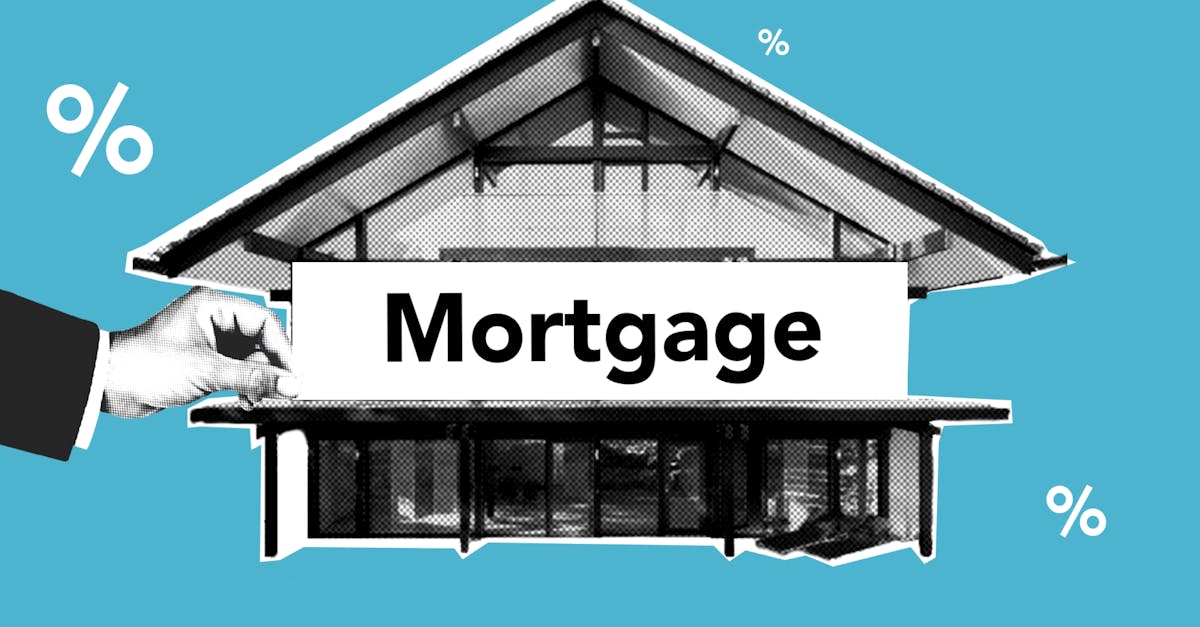The Pros and Cons of Fixed vs Variable Rate Loans
Introduction
Choosing between fixed and variable rate loans is a key decision for any borrower. With distinct advantages and drawbacks, selecting the right loan type can significantly impact financial wellbeing. Understanding the differences is crucial for making informed choices.
Advertisement
Fixed Rate Loans Defined
Fixed rate loans have an unchanging interest rate throughout the loan term. This means monthly payments remain consistent and predictable. They are particularly favored by those who value payment stability and want to avoid fluctuating rates.
Advertisement
Pros of Fixed Rate Loans
One of the primary advantages of fixed rate loans is stability. Borrowers can plan their budgets with confidence, knowing their payments won't change. This can be beneficial in times of rising interest rates, offering protection against market volatilities.
Advertisement
Cons of Fixed Rate Loans
However, the stability of fixed rate loans often comes at a premium. These loans may have higher initial interest rates compared to their variable counterparts. When rates decline, borrowers on fixed loans miss out on potential savings, being locked into their predetermined rates.
Advertisement
Variable Rate Loans Defined
Variable rate loans have interest rates that can change over time. These changes align with market conditions and the base interest rate set by central banks. Payments may rise or fall depending on interest rate fluctuations, offering varying payment amounts during the loan's life.
Advertisement
Pros of Variable Rate Loans
Initially, variable rate loans typically offer lower interest rates than fixed rate options. This can result in lower initial payments. If market rates decrease, borrowers benefit from lower monthly payments, providing an opportunity for financial savings.
Advertisement
Cons of Variable Rate Loans
The unpredictability of variable rates can be a double-edged sword. If interest rates rise, loan repayments can increase beyond initial expectations. This can make budgeting challenging and may lead to financial strain for borrowers unprepared for fluctuations.
Advertisement
Suitability and Considerations
When choosing loan types, individual financial circumstances and market conditions must be considered. Fixed rate loans suit those valuing stability, whereas variable rates might benefit those expecting market rate falls. Understanding these differences is vital for aligning loan choices with financial goals.
Advertisement
Market Trends and Predictions
Economic forecasts can influence loan decisions. If predictions show rising interest rates, borrowers might lean towards fixed rate loans to lock in current rates. Conversely, predictions of decreasing rates could make variable rate loans a more attractive option.
Advertisement
Conclusion
In conclusion, both fixed and variable rate loans have unique benefits and challenges. Borrowers must assess their financial strategies, market expectations, and risk management preferences to choose wisely. Thorough understanding empowers informed decisions, ensuring optimal outcomes for individual financial plans.
Advertisement







